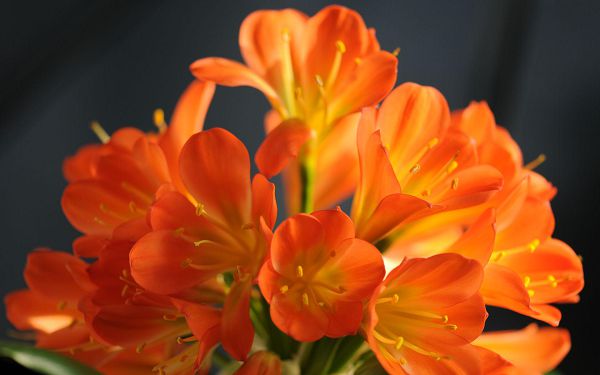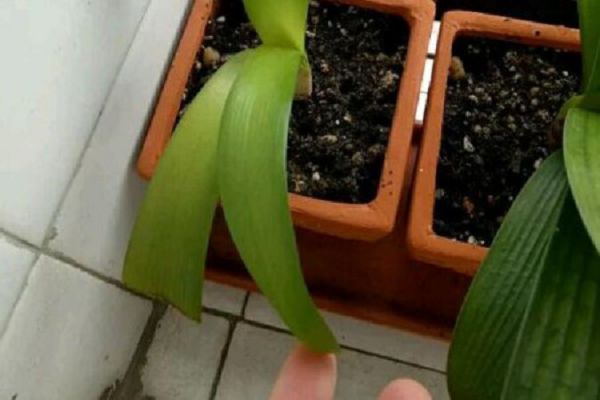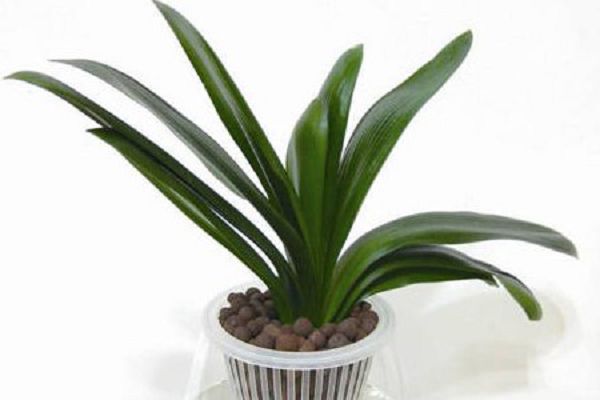Maintenance skills of Clivia after flowering

1. Fertilization
Clivia grows fastest in winter and needs the most nutrients. Therefore, it is important to apply winter fertilizer. Before flowerpots enter the room, use bone meal, fried sesame seeds, cooked soybeans, etc. or compound fertilizer. Every 15~20 days irrigation 1 time, also can use animal, plant residue soaking solution irrigation roots. To achieve fertilizer decomposition light application, to prevent thick fertilizer damage.
2. Watering
Clivia is a fleshy root, afraid of water damage. In addition, Clivia leaves have waxy layer, winter temperature is low, water transpiration, evaporation less. Therefore, watering should not be too much, just combine fertilization and watering to keep the pot soil moist. Do not flood irrigation, resulting in rotten roots and dead seedlings.
3, insulation
The suitable growth temperature of Clivia is 15℃~25℃, stops growing at 10℃, and suffers freezing injury at 0℃. Therefore, winter must be insulated from frost. After the flower stems are extracted, it is appropriate to maintain about 18℃. Temperature is too high, leaves, flowers and moss are thin, flowers are small and poor, flowering is short, temperature is too low, flower stems are short, easy to clip arrows premature (flowering), affect quality, reduce ornamental value.
4. Dimming
Clivia likes to scatter light, avoid direct light. Winter indoor maintenance, flowerpots should be placed in a place with sufficient light. Especially before flowering, there should be good light, which is conducive to the development of strong buds. After flowering, proper cooling, avoiding strong light and keeping good ventilation are beneficial to prolonging flowering period.
5. Leaf protection
The healthy Clivia is characterized by fat leaves and strong flowers, green leaves and bright flowers, short, wide, thick, green, bright and erect leaves, which is the basis for promoting flowering and improving ornamental value. To maintain strong leaf quality, in addition to providing reasonable fertilizer and water, it is necessary to keep the leaf surface clean to improve photosynthetic efficiency.
Leaf protection methods: first, regular leaf washing: spray with the same water at room temperature or wipe the dust on the contaminated leaves to keep the leaves clean. The second is to spray fungicides in time to prevent the occurrence of leaf spot disease, leaf blight and stem rot, so as to ensure that the leaves are green and the flowers are gorgeous.
Related
- Is the orchid suitable for indoor use? Is it good for the body?
- How to prevent the empty root of orchids?
- What to do after the crab claw orchid is withered?
- Why are the leaves of orchids always yellow? Fertilizing and watering.
- Can the root of the gentleman orchid be saved if it is rotten?
- Diagnosis and treatment of cotton-blowing beetle insects in Cymbidium
- There is a way for a gentleman's orchid to rot.
- What is the most suitable temperature and humidity for the orchid?
- How to raise a gentleman's orchid? Cultivation techniques of Cymbidium
- How to prepare the nutritive soil for the cultivation of Cymbidium



